SPICE gives a default value for the (collector) substrate leakage saturation current ISS. The default is ISS=0 but I would like to know the real value for an integrated vertical npn transistor. The transistor is an older high-voltage device used in 1970 until today with many analog chips. The 44 Volt npn in the following figure is what I am interested in using. This figure comes from the "Analysis and Design of Analogue Integrated Circuits", 5th edition, by Gray, Hurst, Lewis and Meyer. BTW, if anyone knows additional SPICE parameters for this device, please provide them or references to them. This book seems to be the only place to get this information which seems a bit strange.
ISS is also known as Saturation Current for Injection and can have a default value = IS Amp. Here is where it fits in the Gummel-Poon model for both vertical and lateral devices (i.e, collector or base substrate leakage saturation current respectively).

